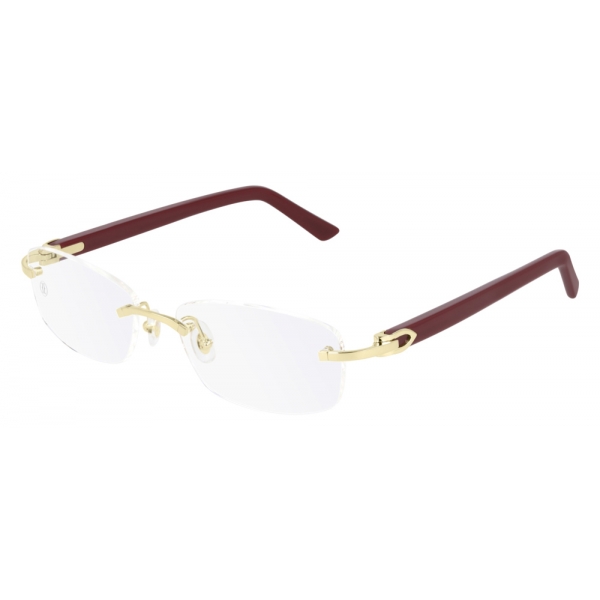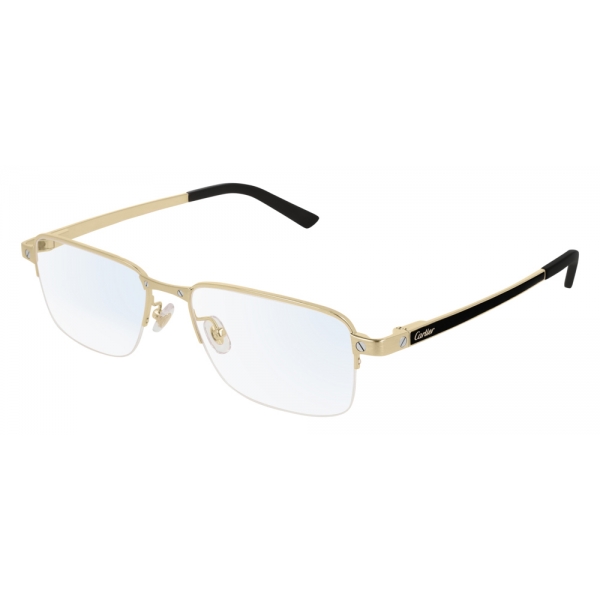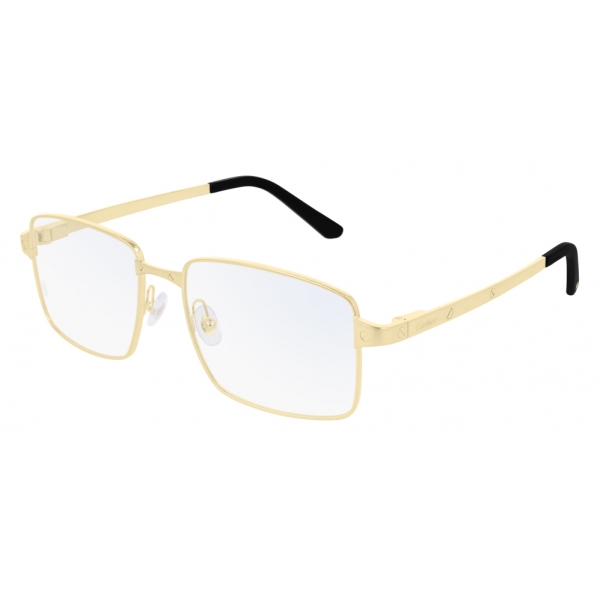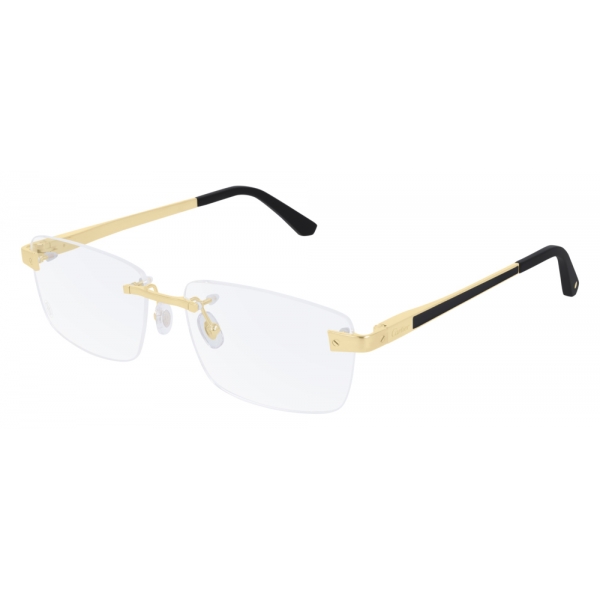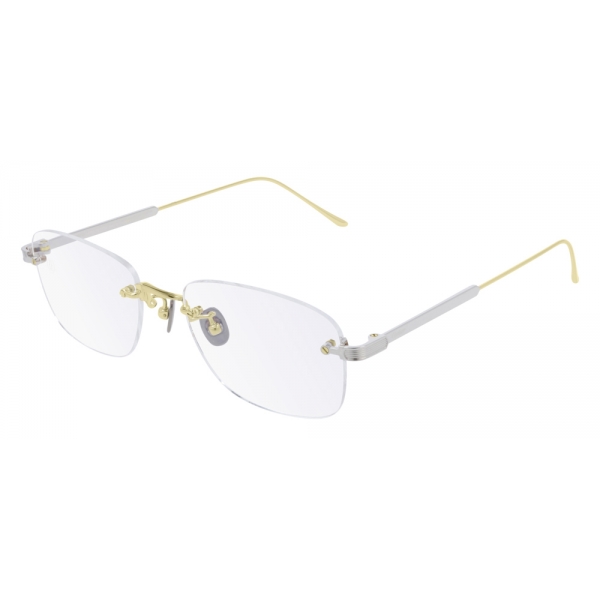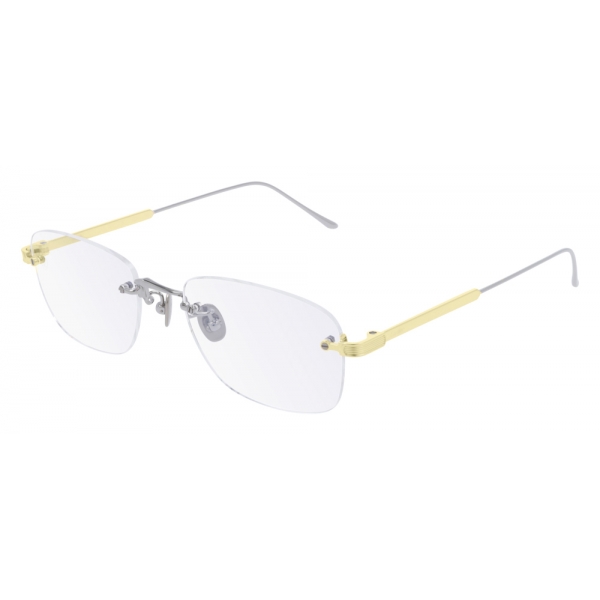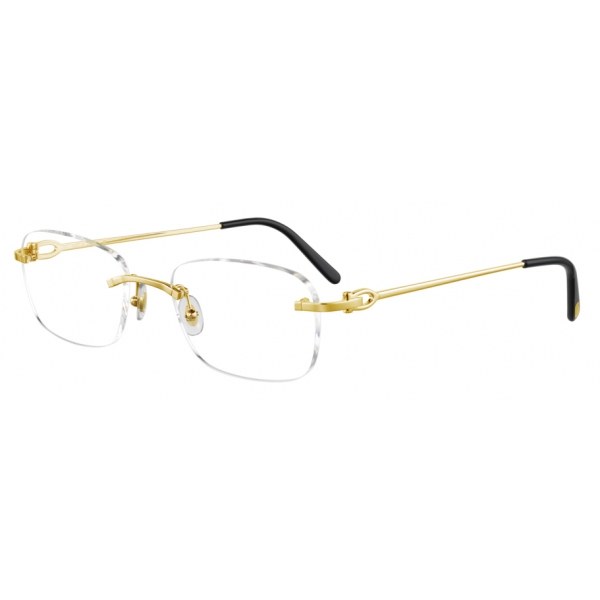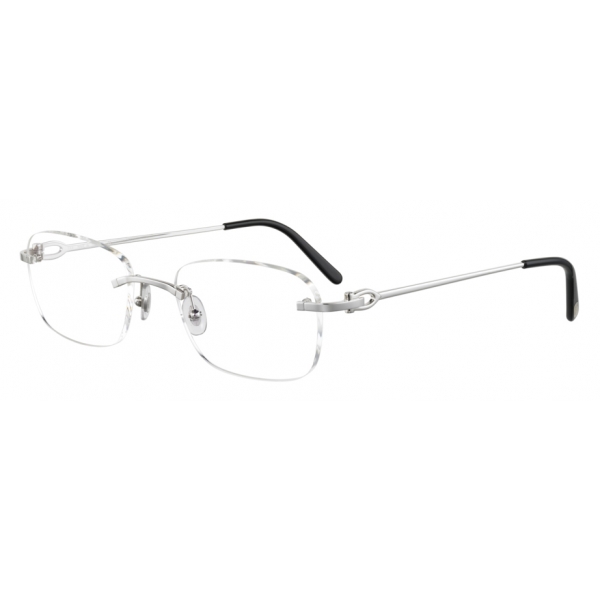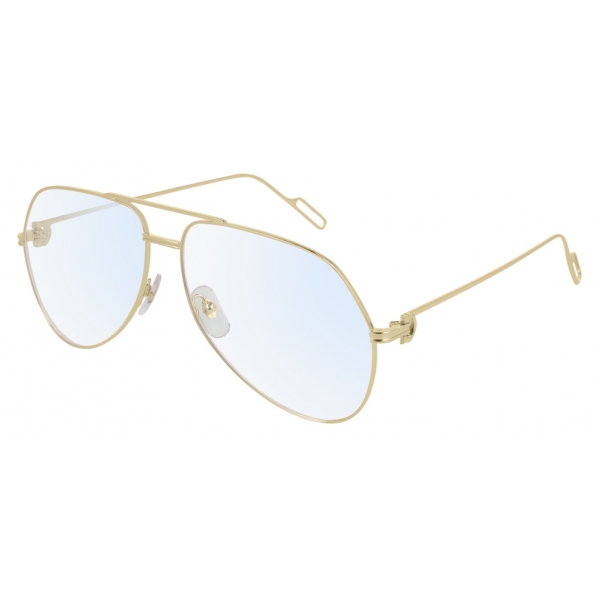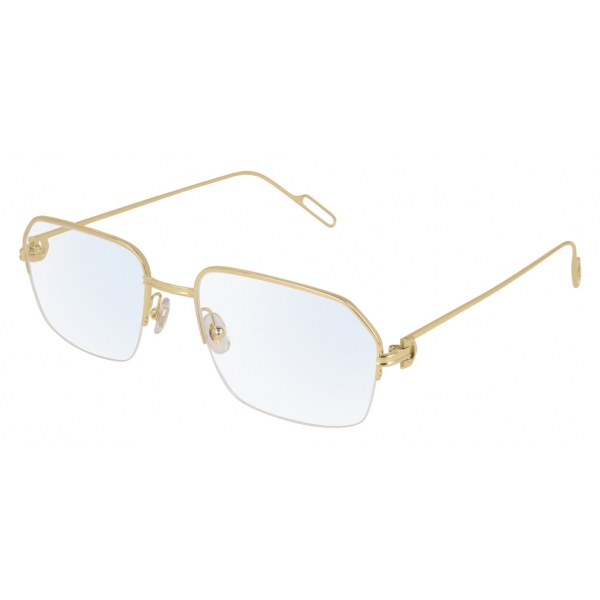No products
Categories
- Fashion Accessories
- Clothing
- Beauty & Lifestyle
-
Hi-Tech & Lifestyle
- Gaming
-
Case
- iPhone 11 Pro
- iPhone 11 Pro Max
- iPhone 11
- iPhone X / XS
- iPhone XS Max
- Samsung S10 / S10+ / S10e
- Huawei P30 / P30 Pro / P30 Lite
- Huawei P20 / P20 Pro / P20 Lite
- iPhone XR
- Samsung S9
- Samsung S9+
- iPhone 8 / 7
- iPhone 8 Plus / 7 Plus
- Samsung S8
- Samsung S8+
- Samsung S7
- Samsung S7 Edge
- iPhone 6 / 6 s
- iPhone 6 Plus / 6 s Plus
- iPhone 5 / SE
- Skin
- Audio
- Smart Home
- Drones & Hoverboard
- Photo & Video
- Desk Supplies
- Accessories
- Games
- Beverages
- Food
- Home
- Jewelry
- Luxury
- Travel
- Art
- Footwear
- Vintage Fashion
- Restaurants
- Sport
- Animals
- Gift Ideas
- Kidswear
Extra
Cartier
Jeweler of The Kings, King of Jewelers

History
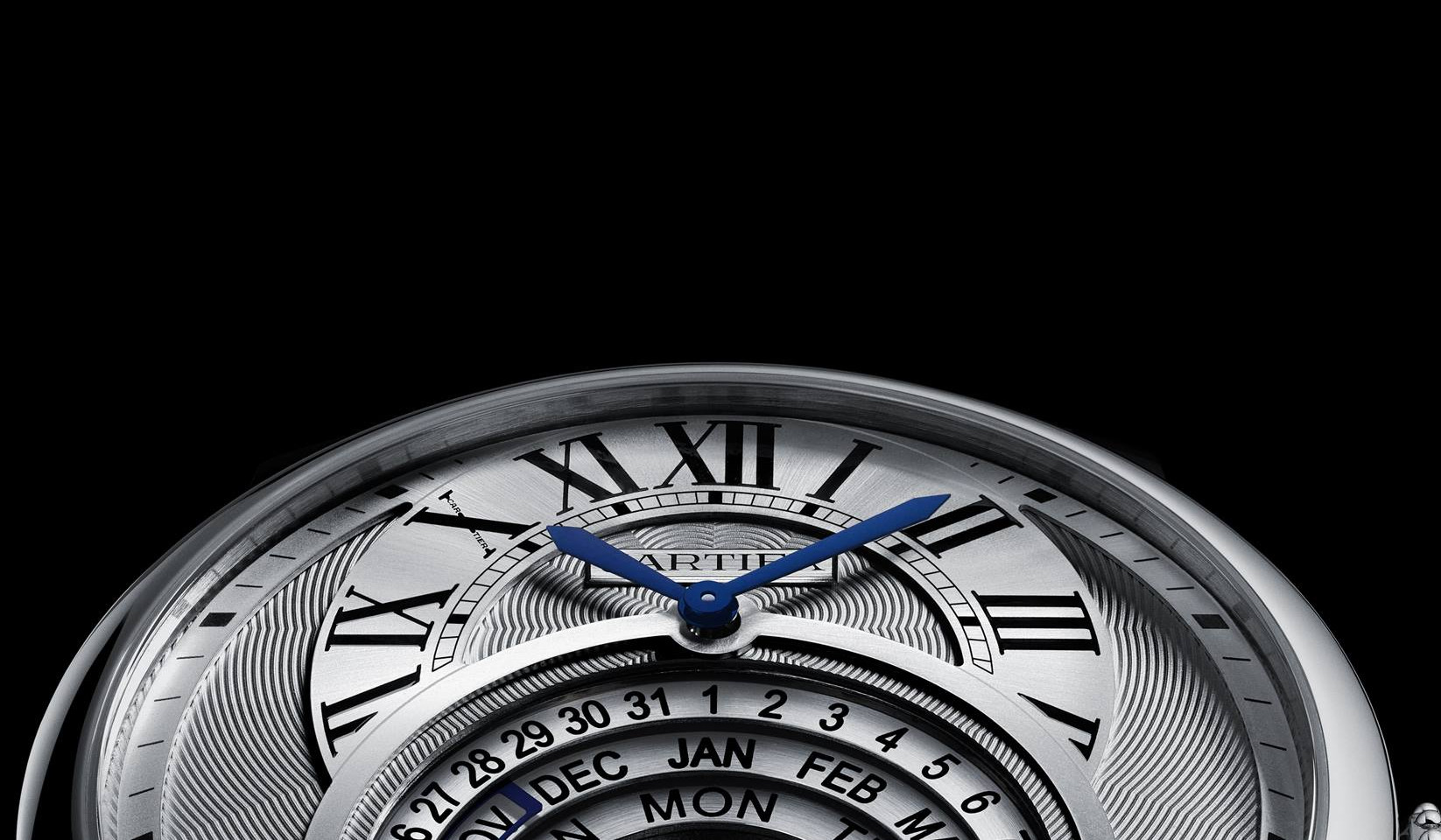
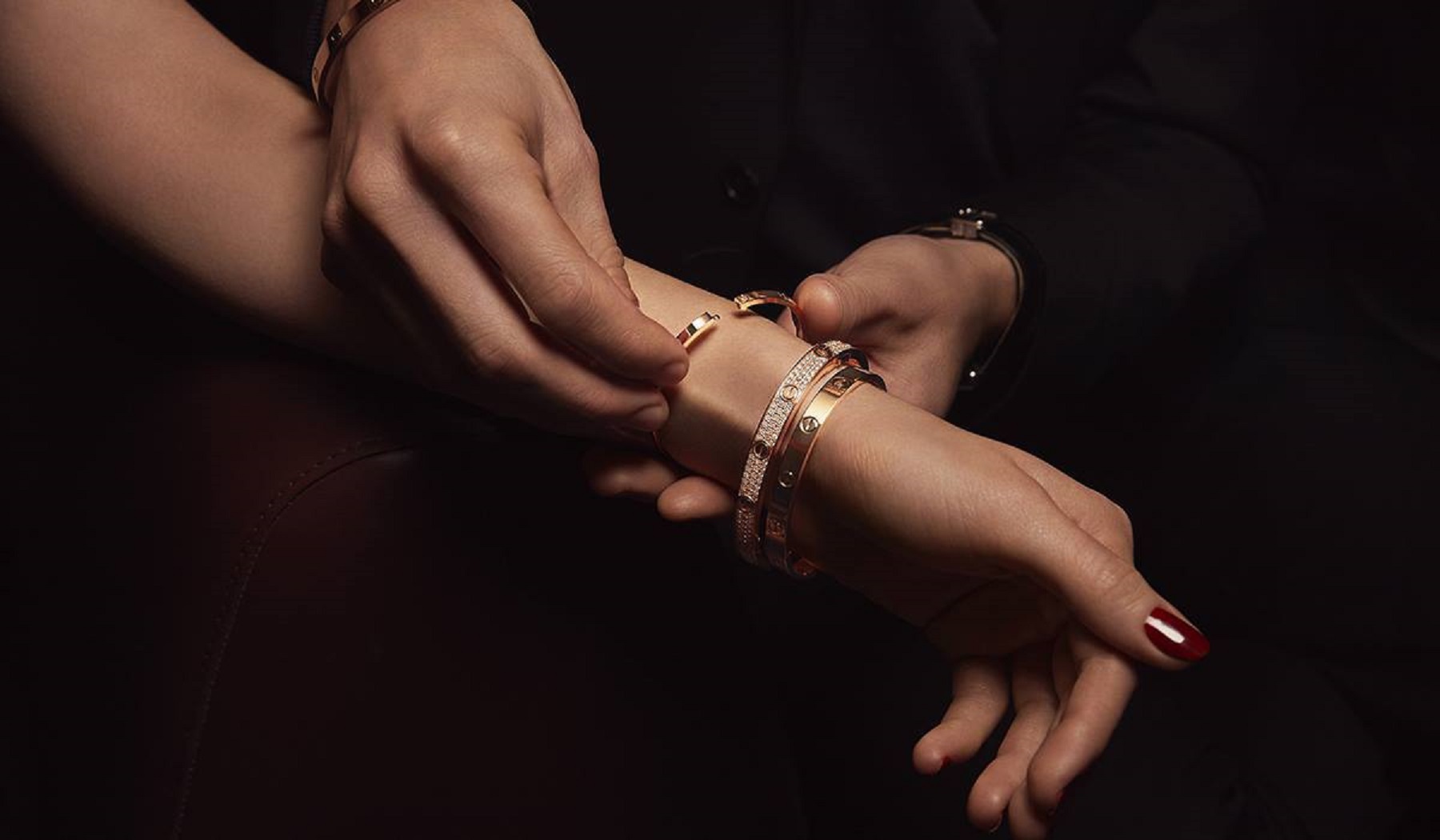
Taking over his master’s workshop, Louis-François Cartier founded Cartier in 1847.

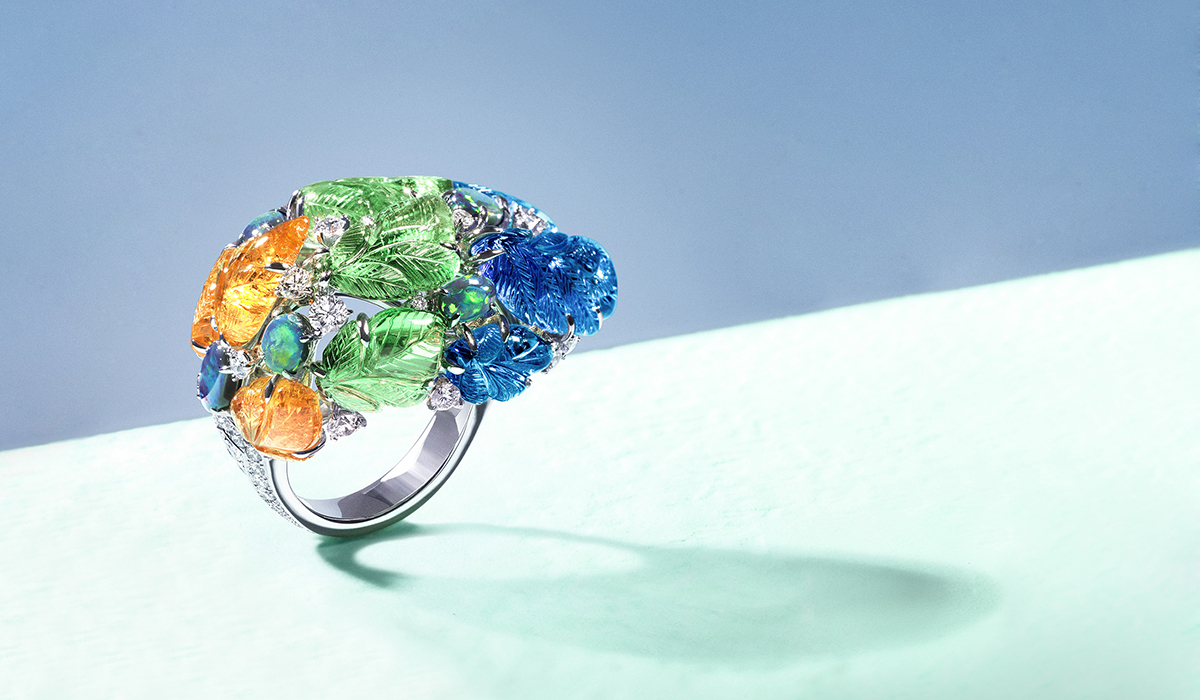
With the rise of the Second Empire, Cartier’s business grew over a decade, with the opening of the first Cartier boutique in 1859.
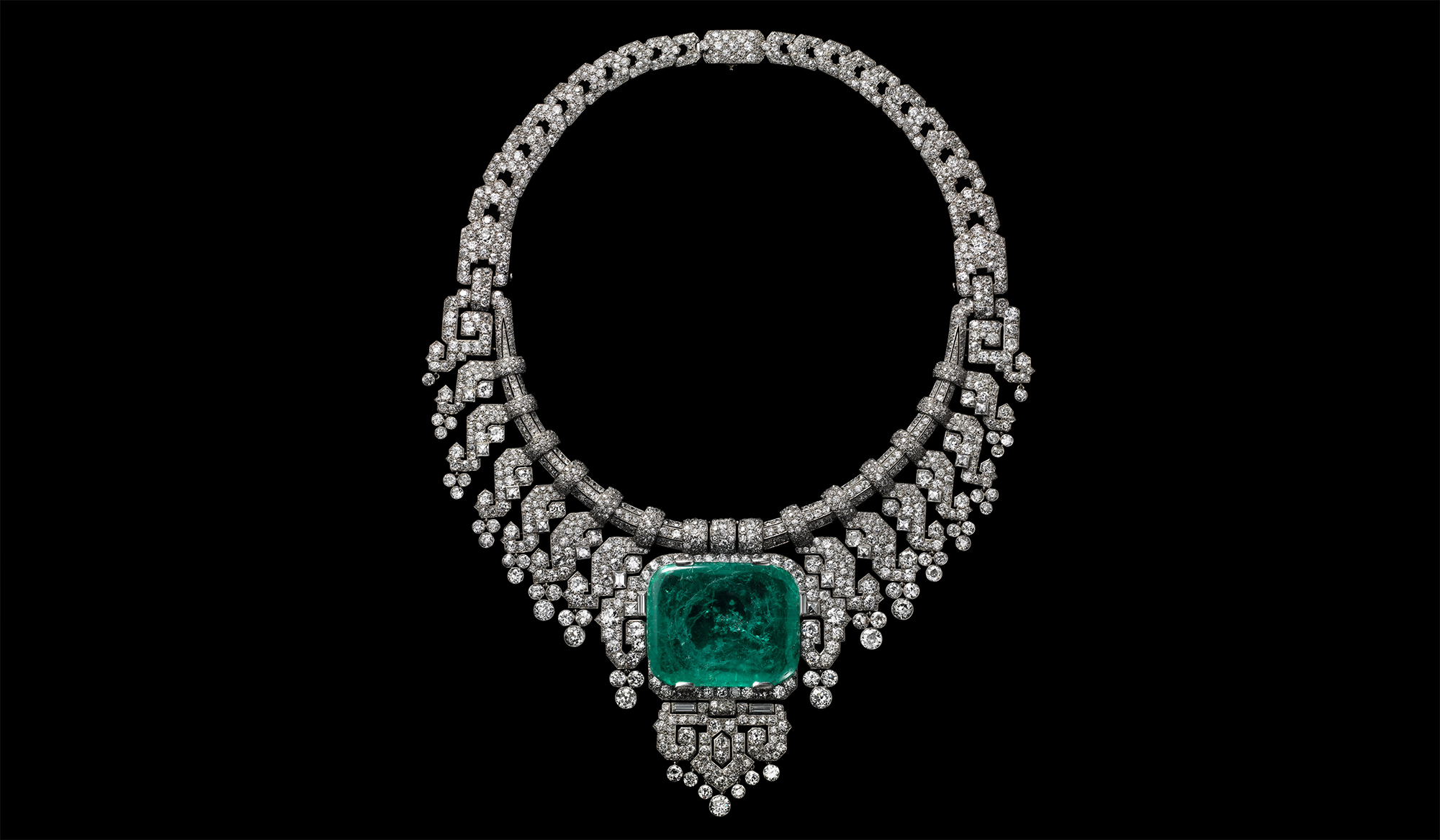
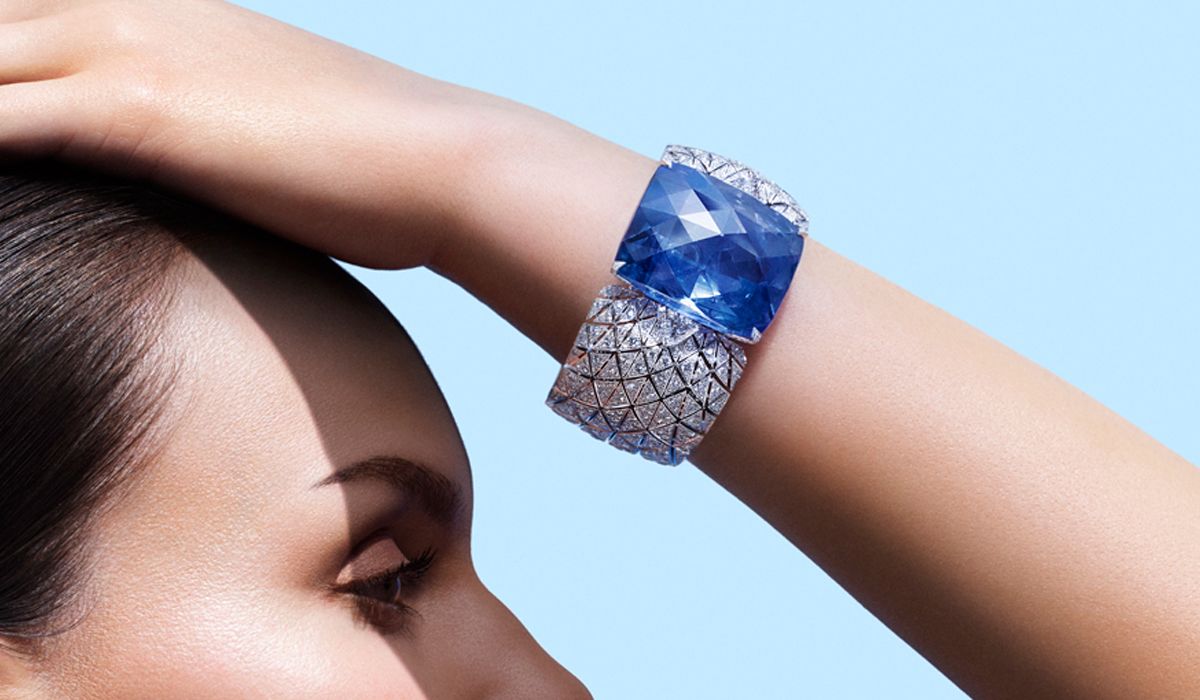
Louis-François’ son Alfred then took over the business, moving it to the prestigious rue de la Paix in the jewellery district of Paris. Alfred’s own sons expanded the Cartier brand overseas, to London and New York.
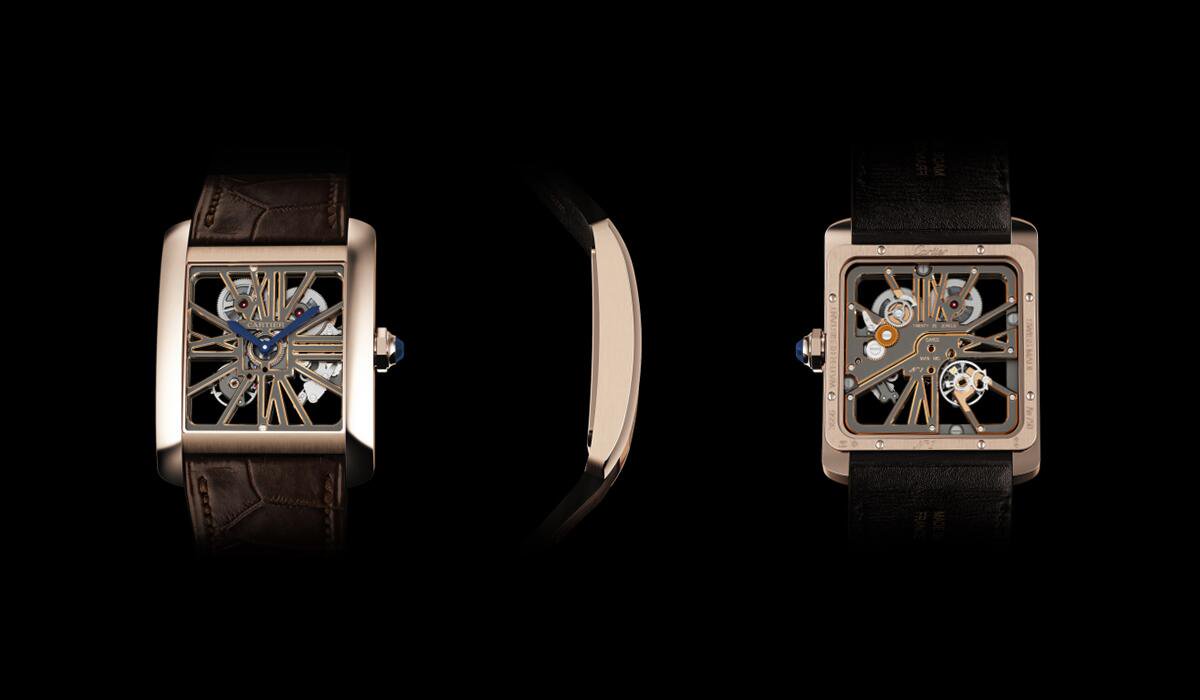

Alfred’s third son remained behind in Paris to continue the growth of Cartier at home. His revolutionary ideas, such as using platinum in jewellery, earned Cartier the title of ‘Jeweller of Kings, King of Jewellers’ from King Edward VII.
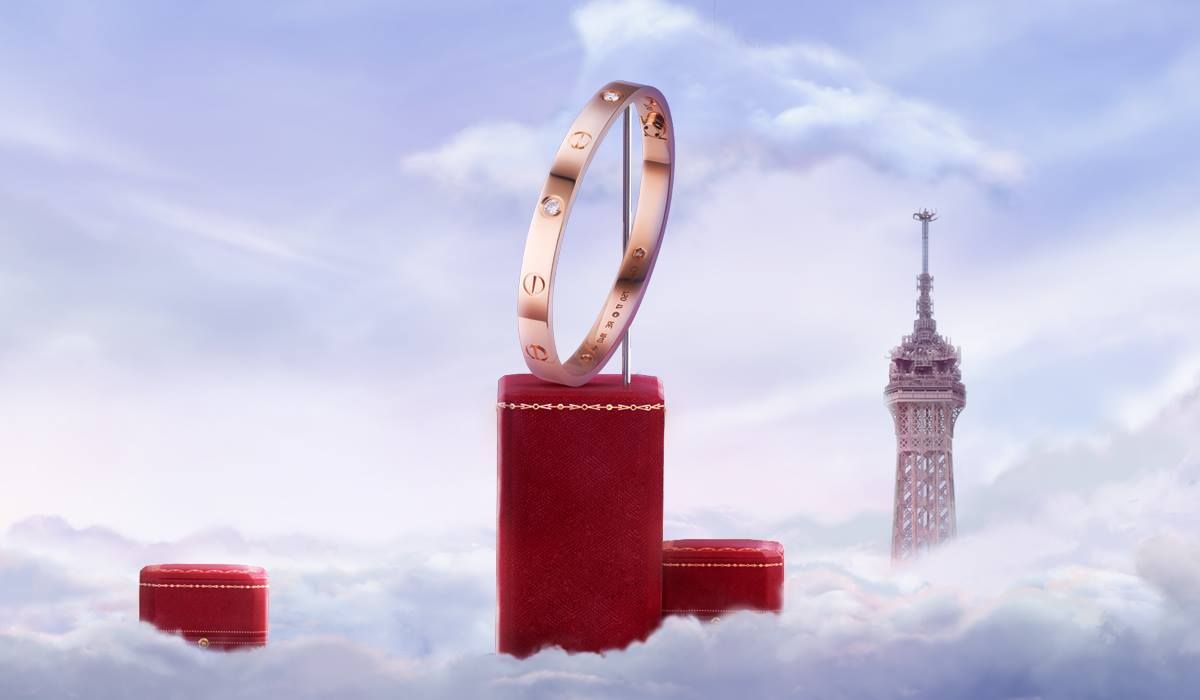

The celebrity endorsements didn’t stop there, with Louis’ friend Alberto Santos-Dumont commissioning a watch to wear while piloting his lighter-than-air dirigible. Santos-Dumont’s celebrity status made the wrist-worn watch, uncommon at the time, a must-have fashion accessory among men.
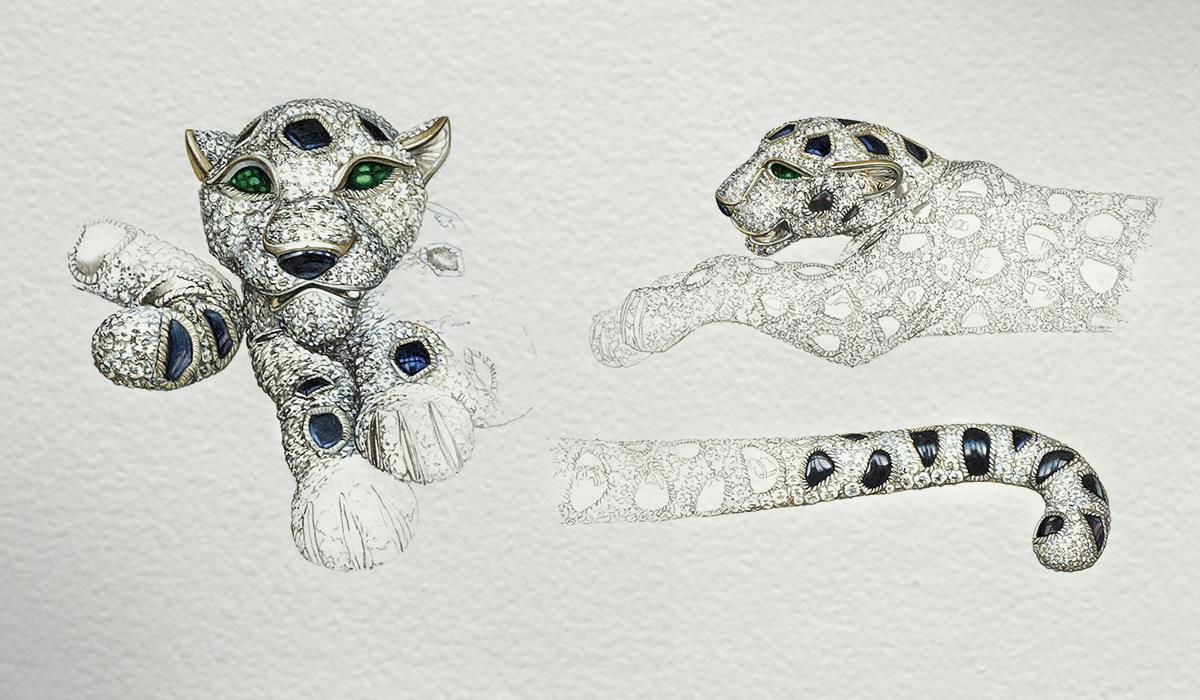
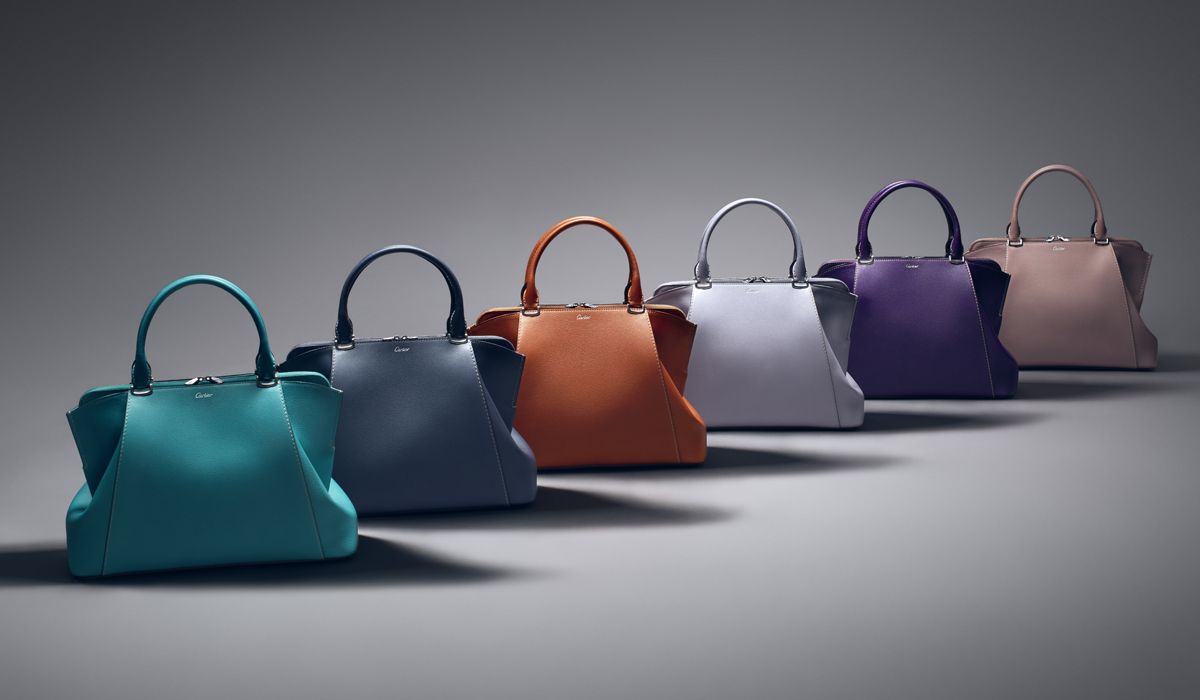
A stint on the Western Front inspired Louis to design a watch based on the Renault FT tanks he’d seen in action, turning the profile of a war machine into something beautiful: the Cartier Tank, one of the brand’s most successful timepieces.
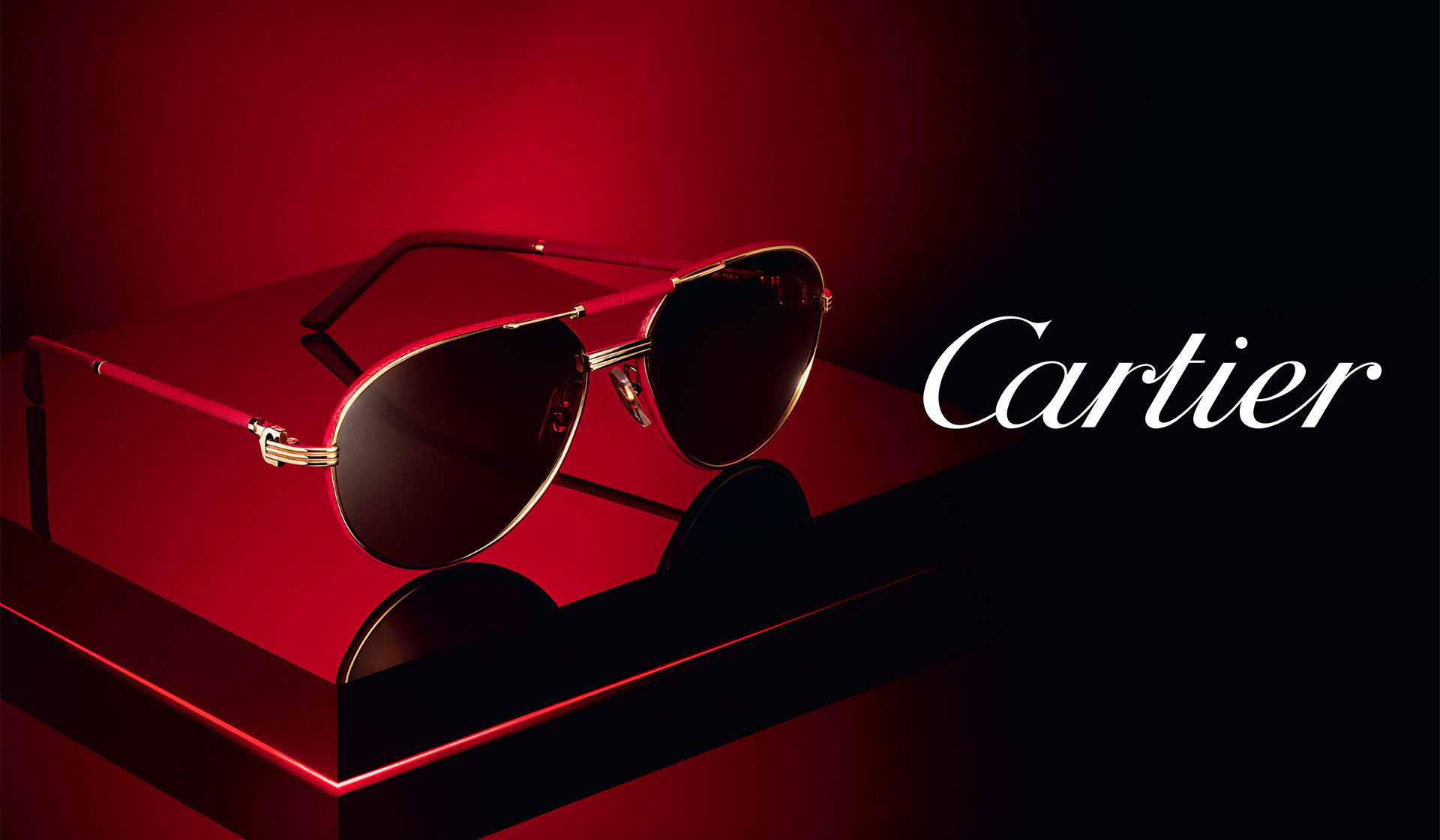
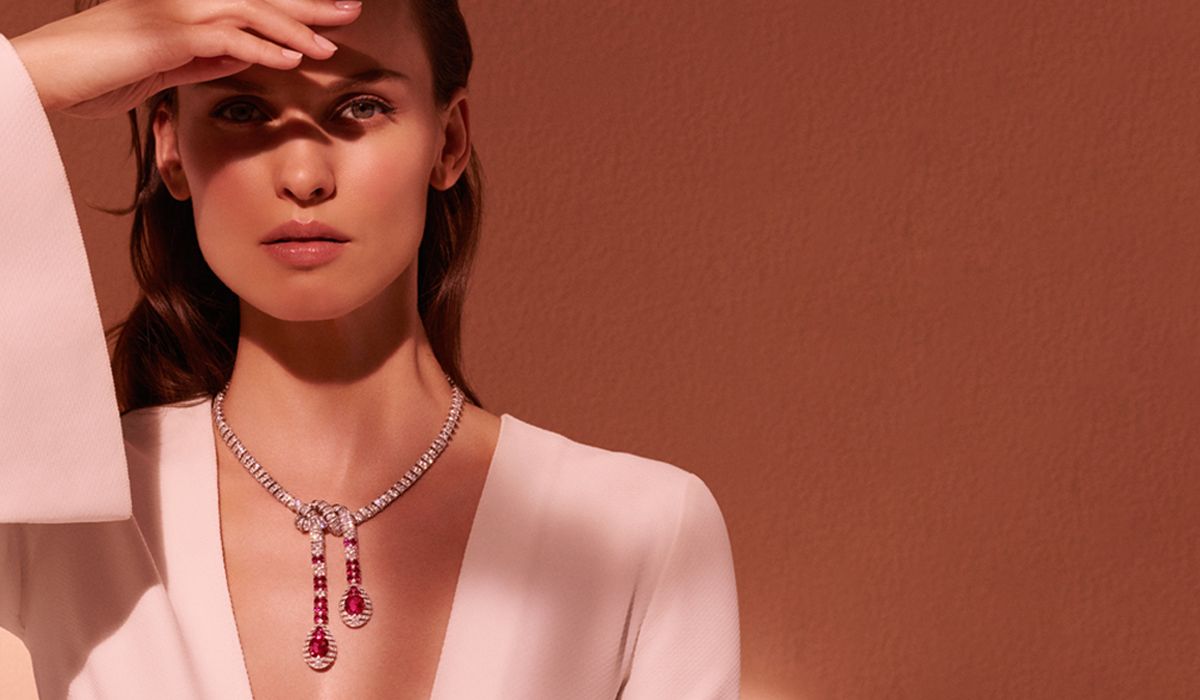
A commission for the Pacha of Marrakech followed, a waterproof watch that could be worn while swimming. The canteen crown design became the publicly available Cartier Pasha, another icon of Cartier’s past. Perhaps Louis’ most iconic creation was the triple gold Trinity ring, woven in three filaments of red, white and yellow gold.
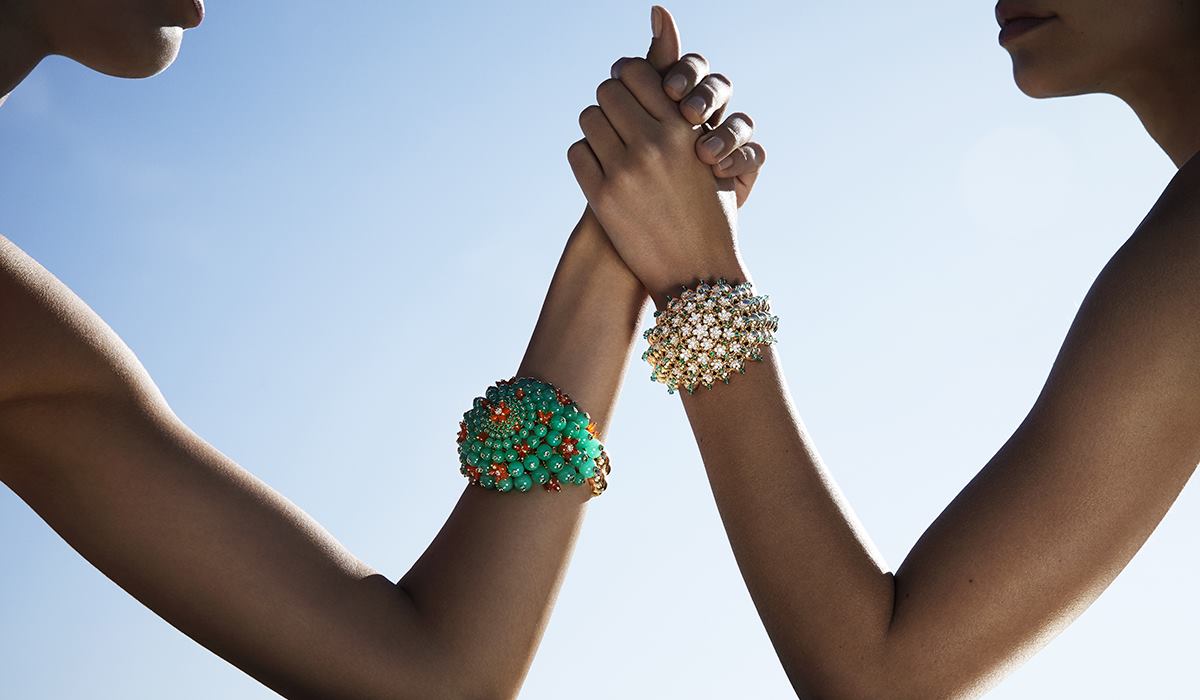
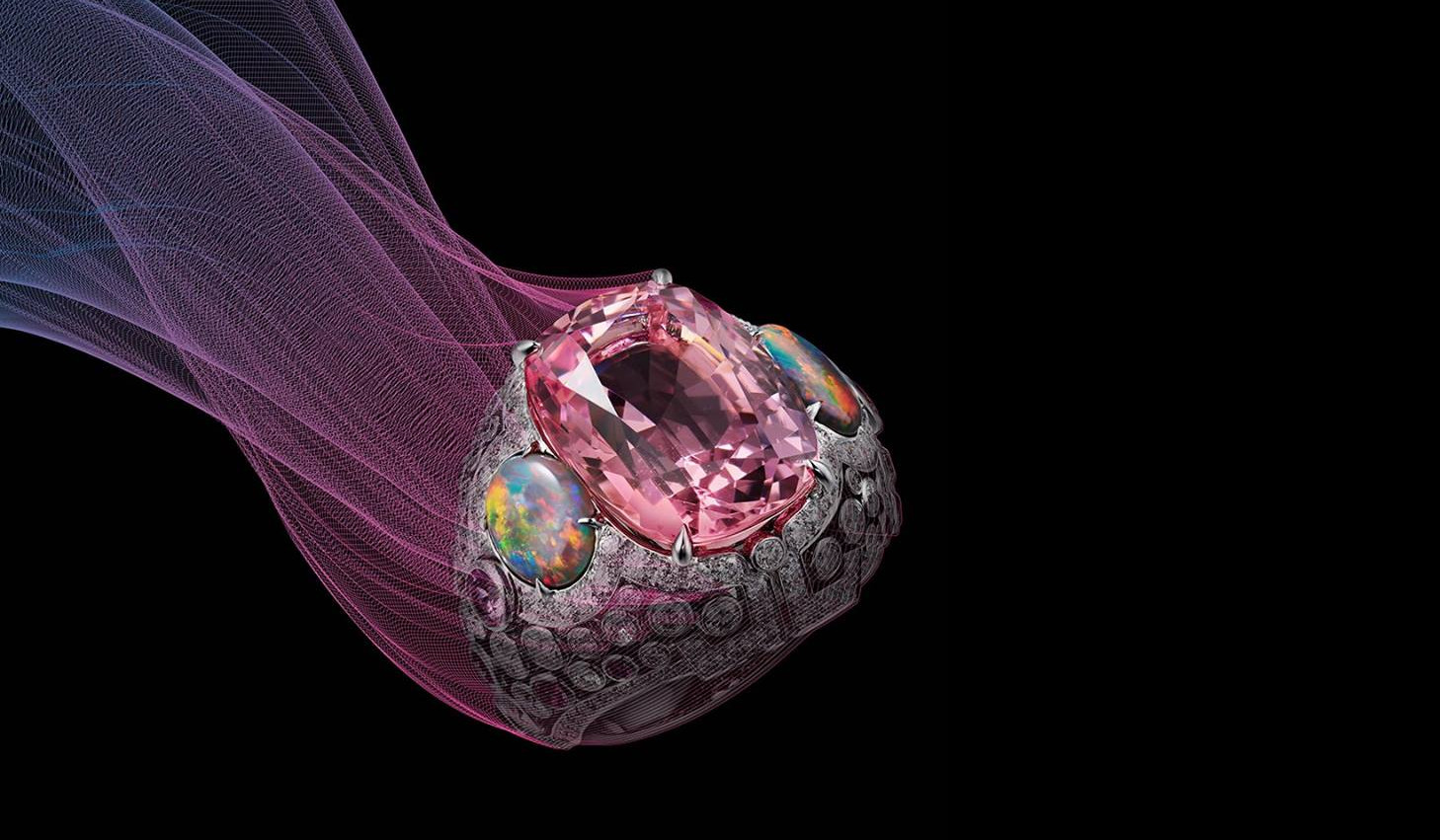
Louis’ death in 1942 brought about a sad time for Cartier. His ideas and imagination grew the brand into what it is today, but fortunately it can be said that his passing did not mark the end of Cartier’s creative run.
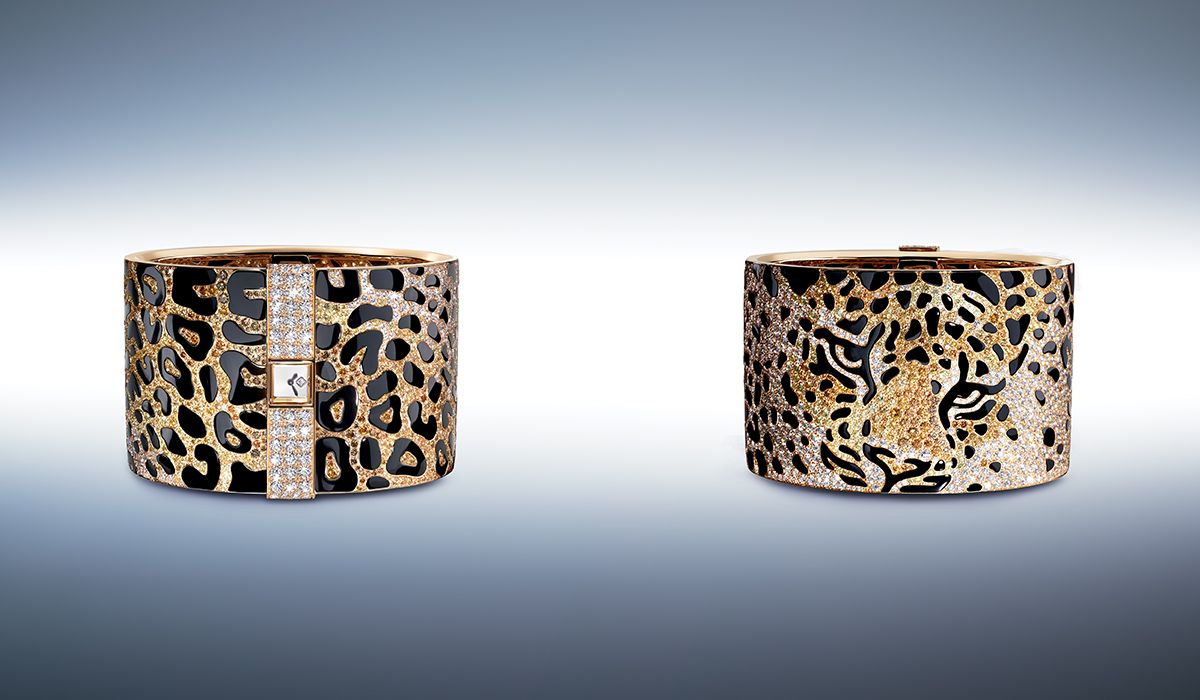
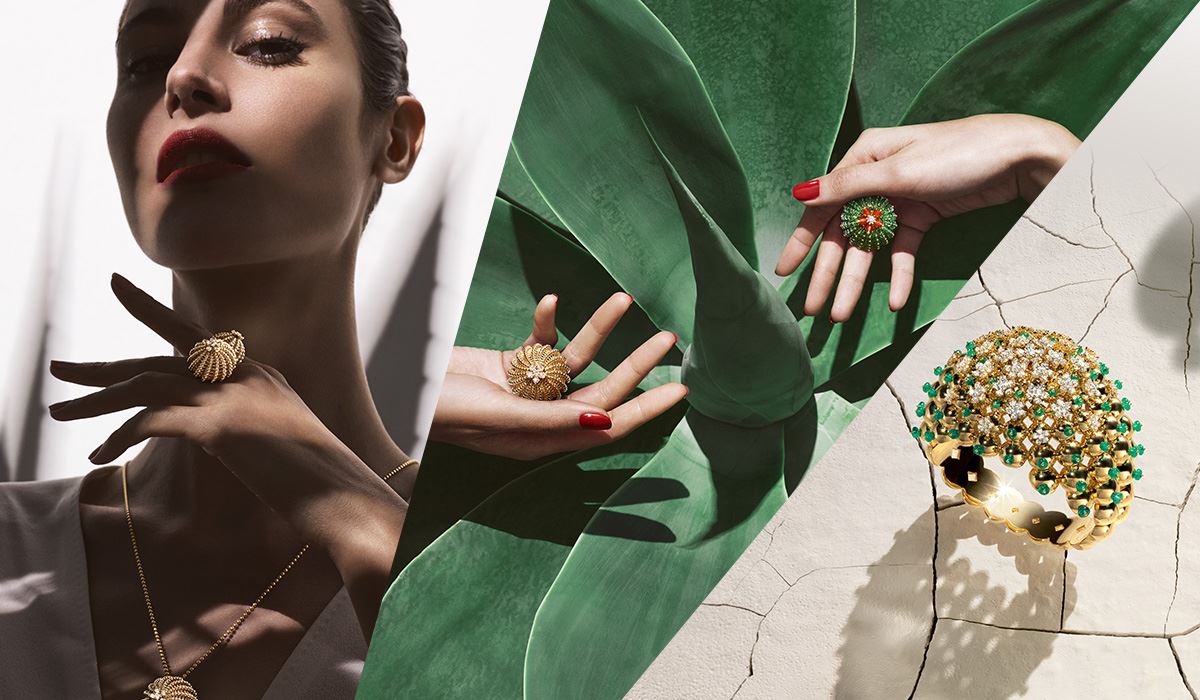
Thanks to the inspiration of Alain Dominique Perrin and Jeanne Toussaint, Cartier continued to flourish, introducing the almighty Panther—a symbol of Cartier—into the jewellery and watch line.
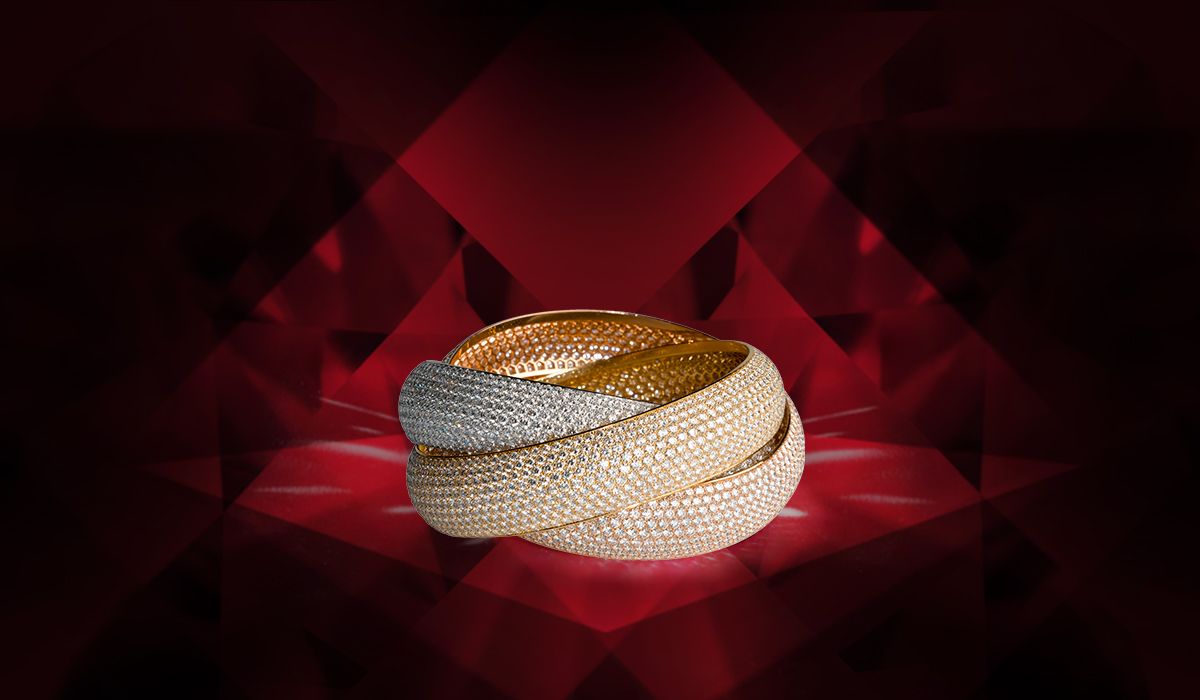
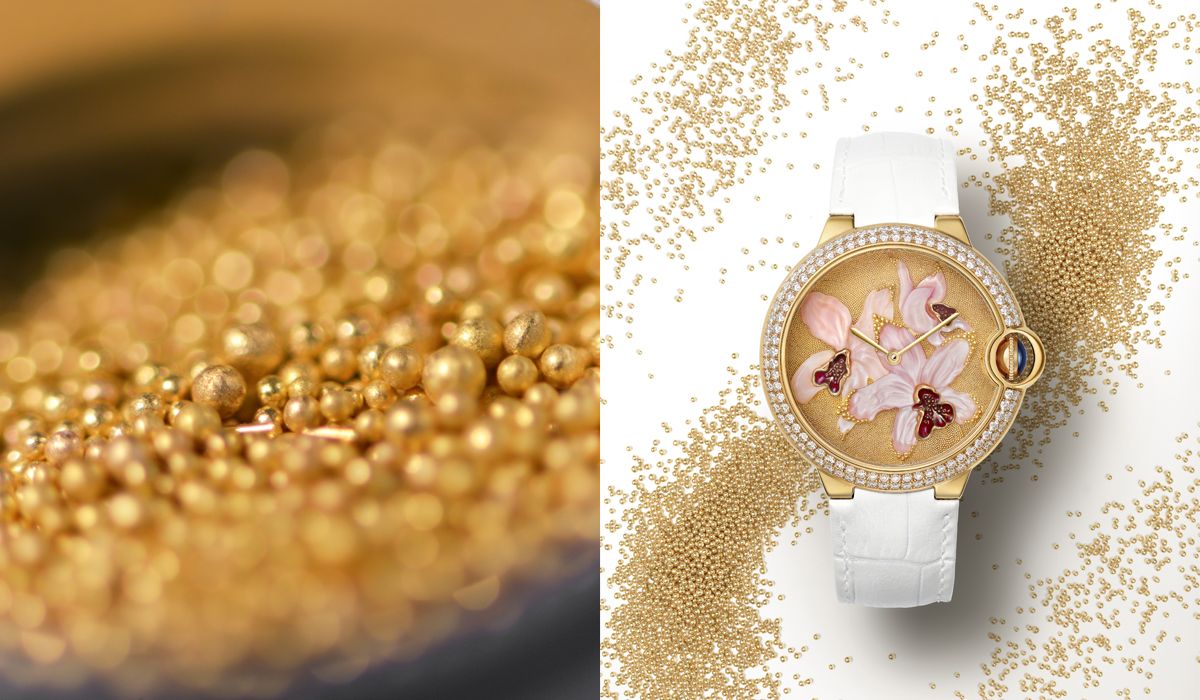
Still today Cartier continues to push boundaries and challenge perceptions with its Concept ID collection.

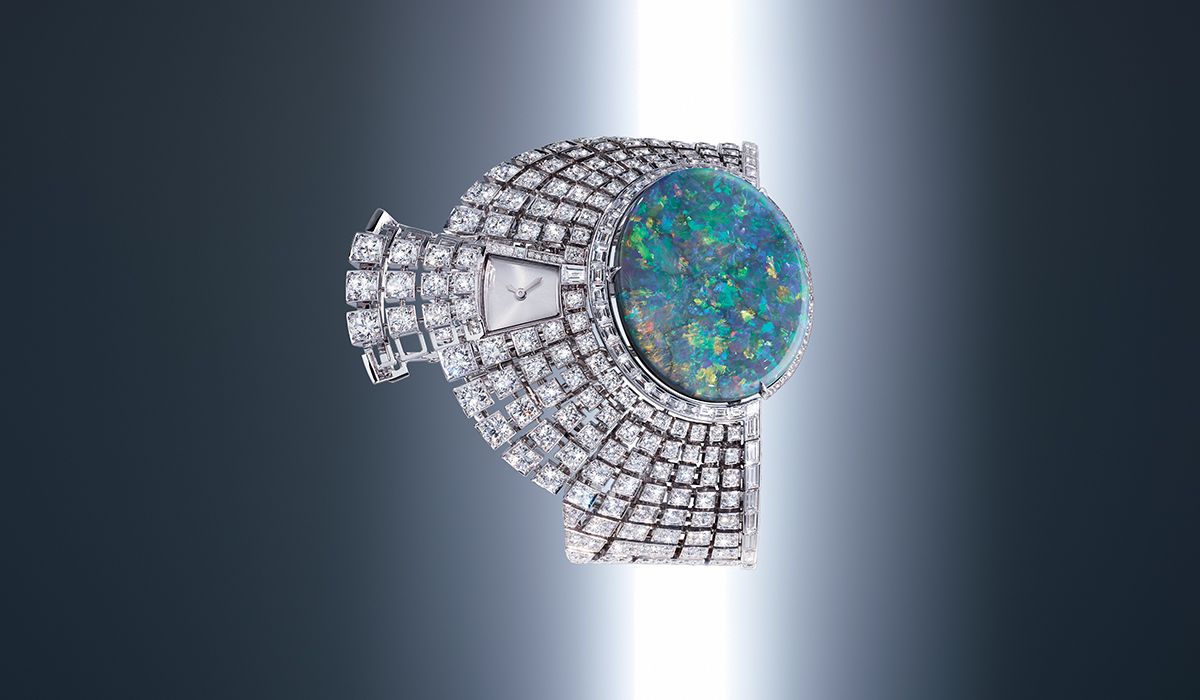
Utilising a completely transparent ceramic case sealed from the air to reduce resistance on moving parts, the Concept ID Two is a watch that could well have come from the future.
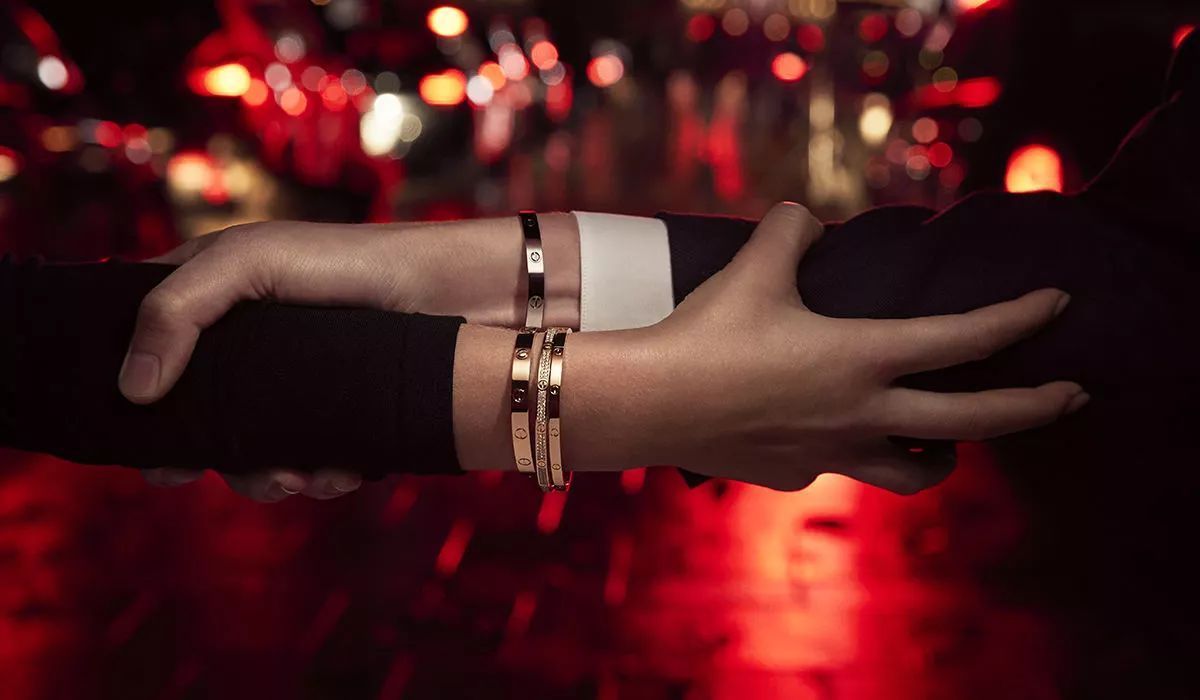
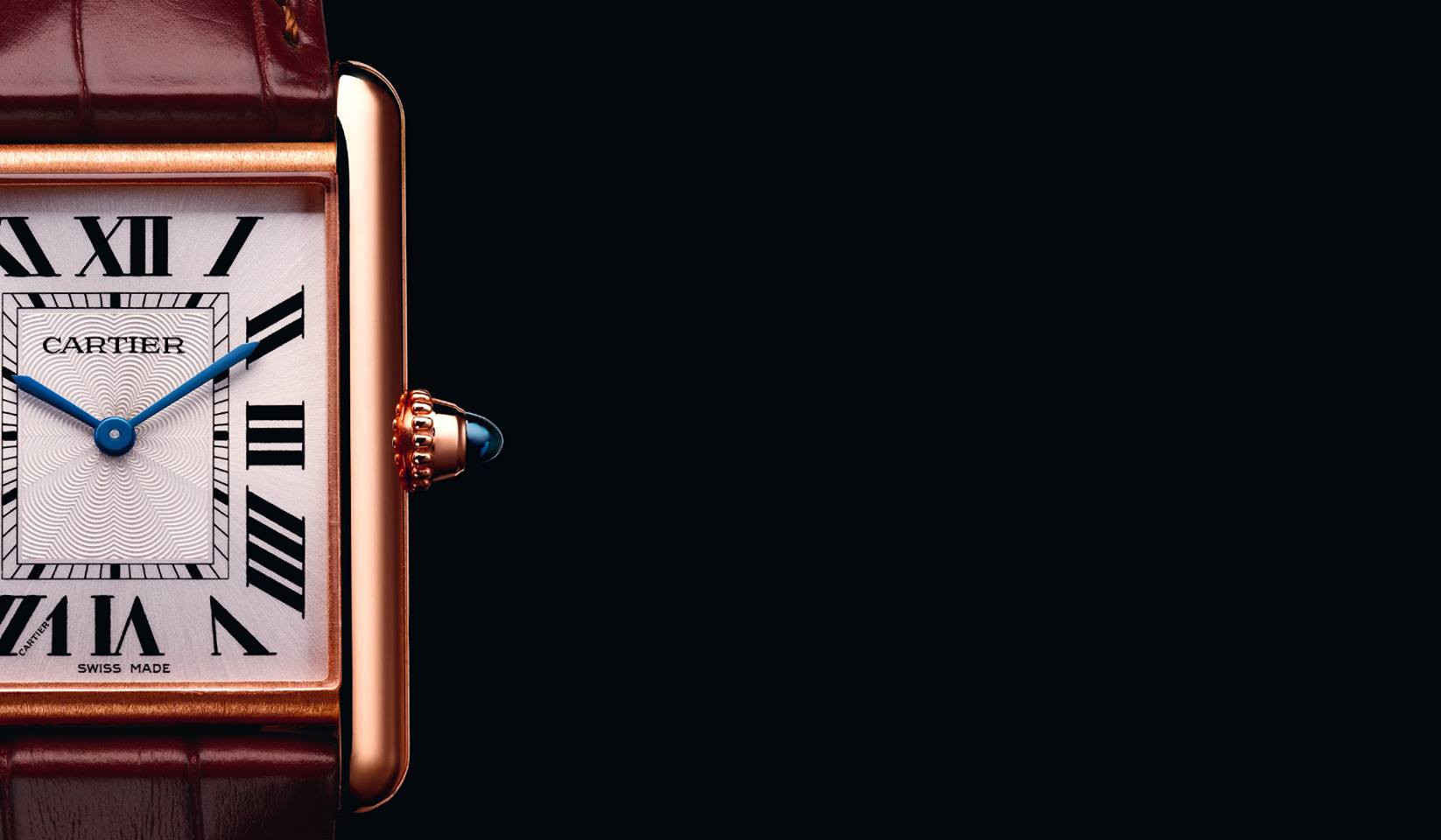
Its titanium movement is manufactured with such precision that lubricating oils are no longer needed, and its fibreglass mainsprings and carbon crystal balance are resistant to magnetic fields.

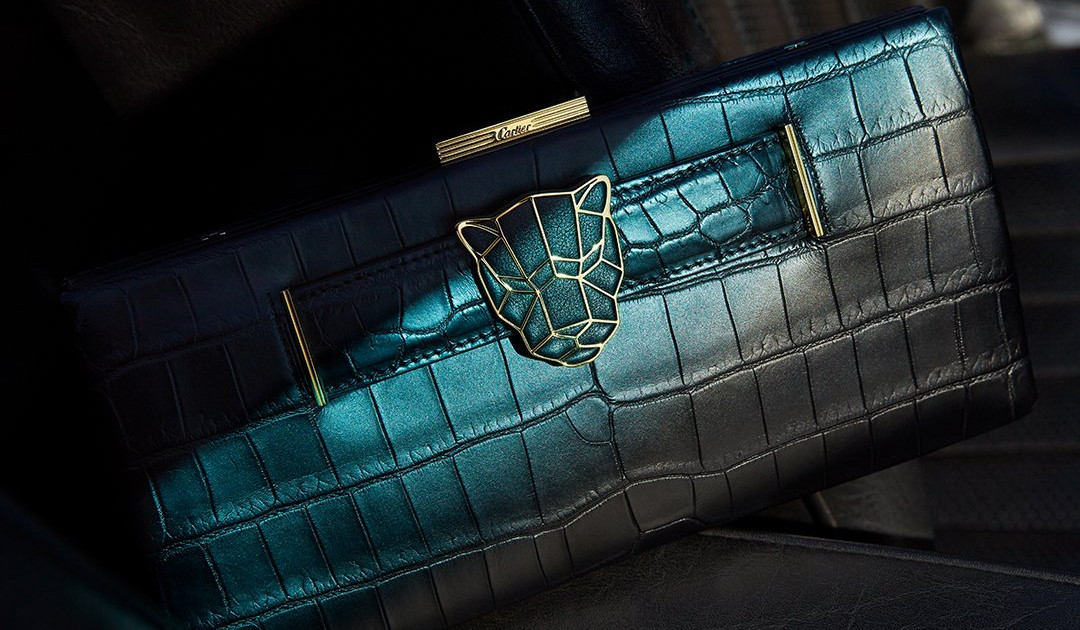
It’s a fine example of how this artisanal jeweller and watchmaker has continued to astound audiences for almost two centuries, and it’s showing no signs of slowing down.
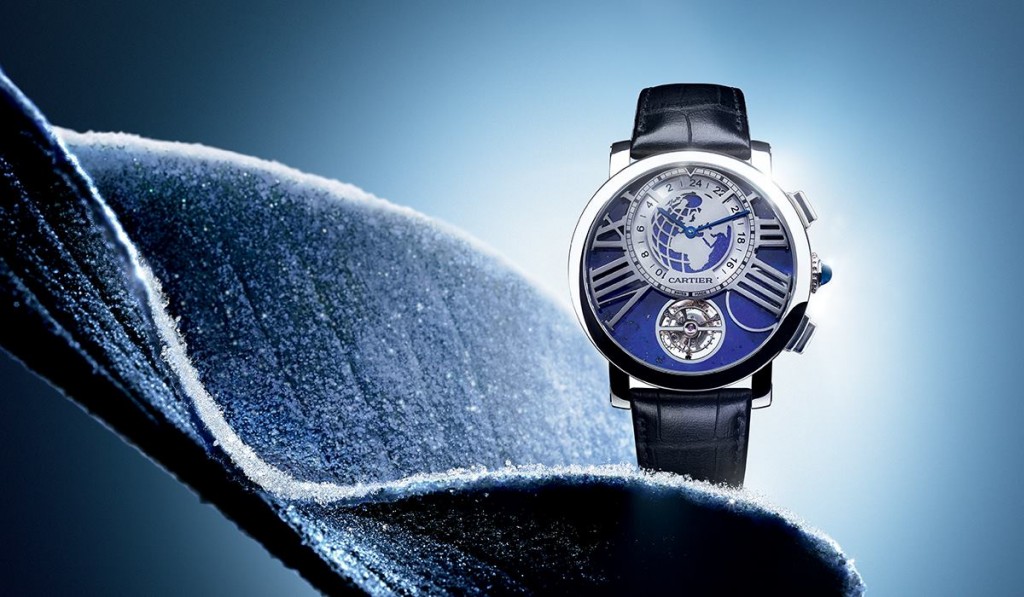
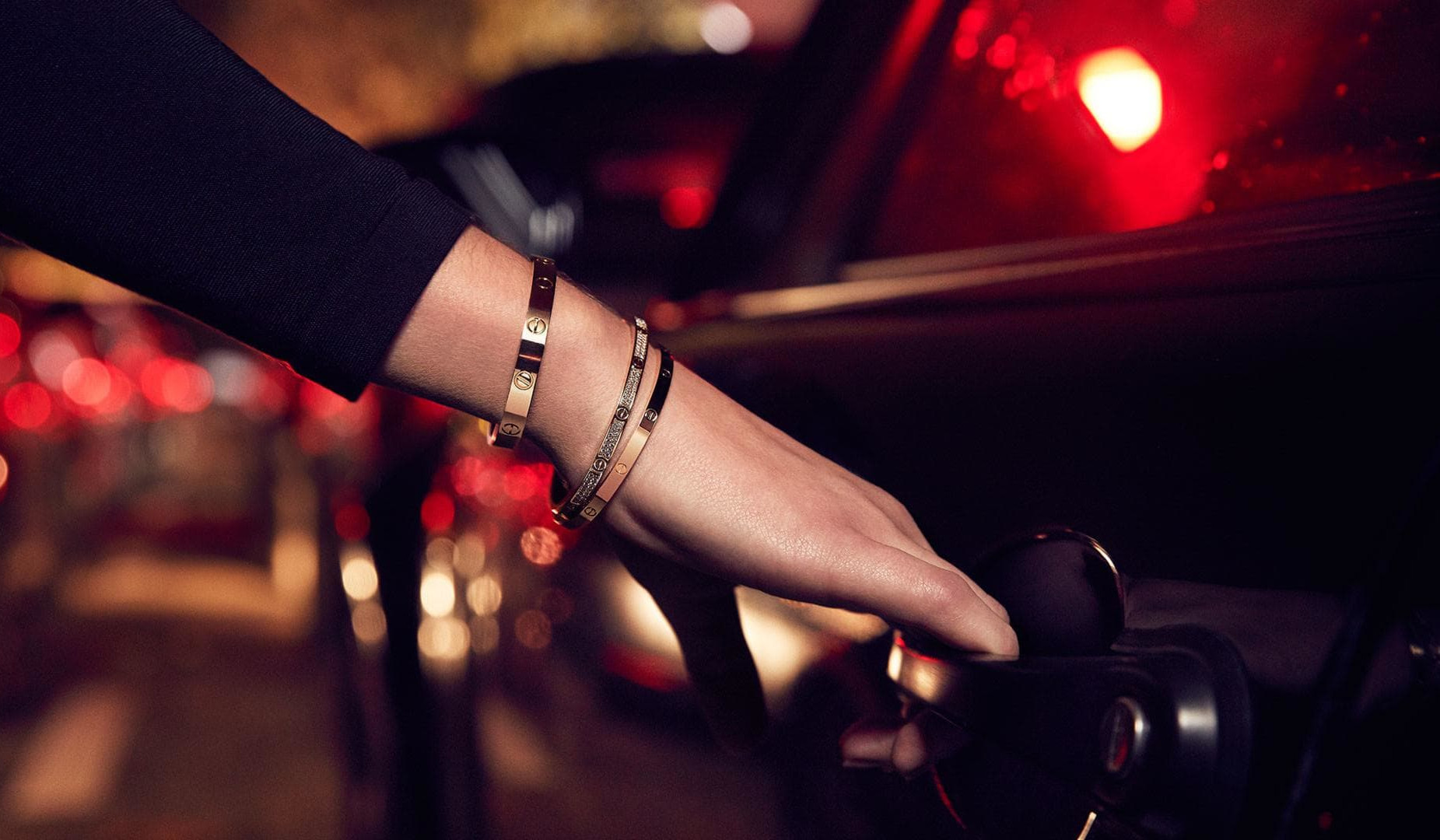
A lot has been said about the Cartier look, and how exquisite and breathtaking it is. The coveted brand has been on the wish list of many around the world.
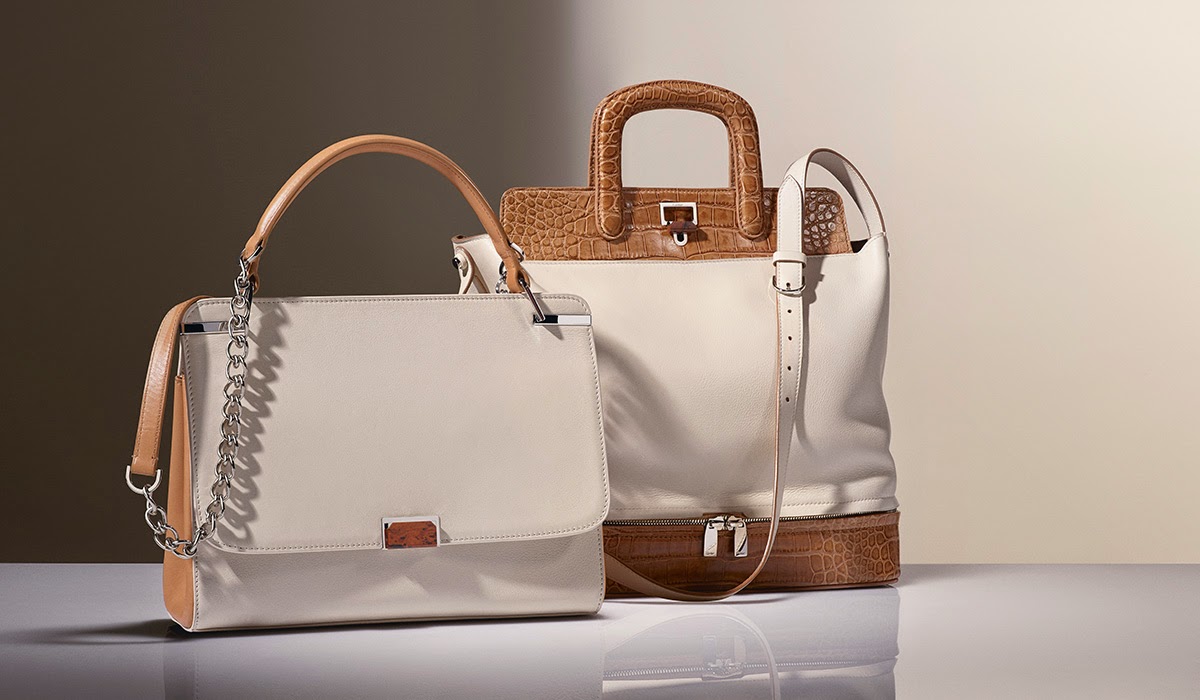
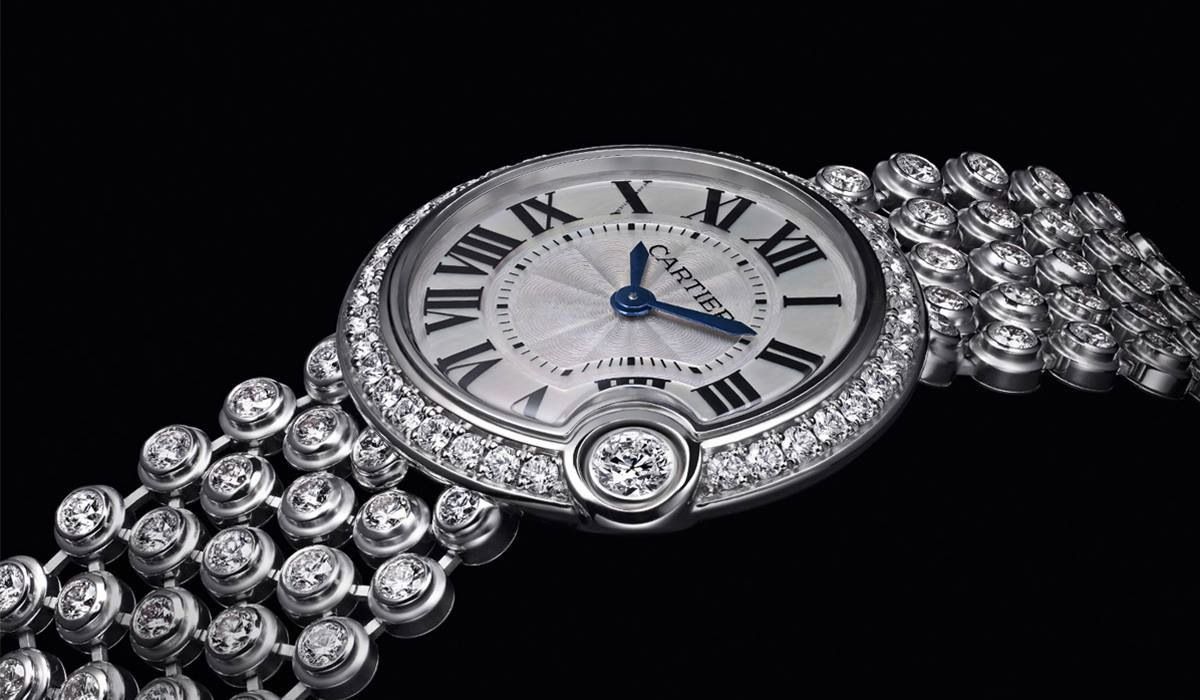
Adored by royalty and celebrated individuals, it symbolizes pure excellence. Cartier has a fabulous lineage of watchmaking, precious accessories, and fine jewellery that has grasped international attention of the rich and famous.

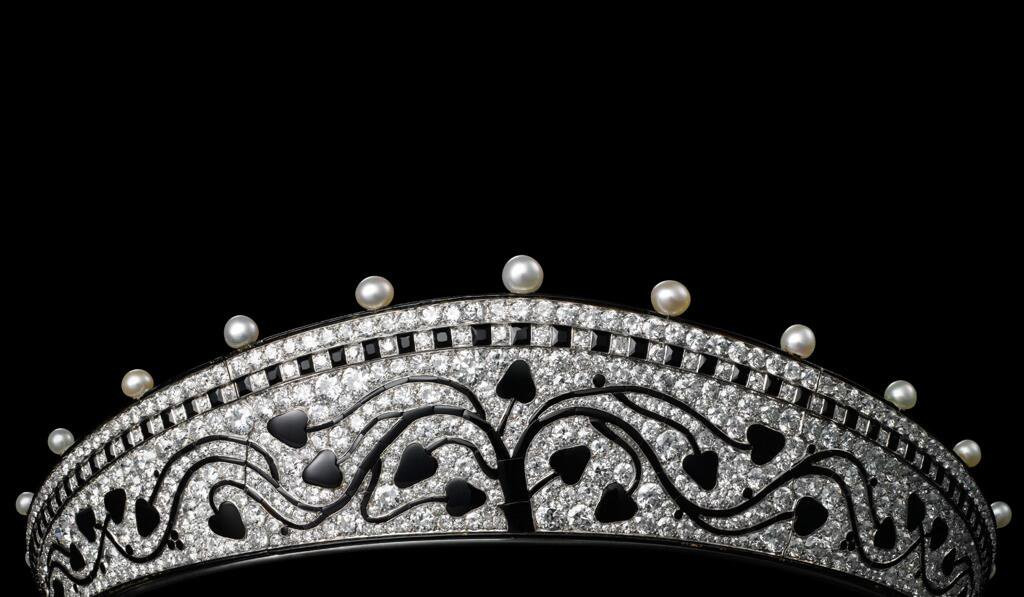
Products Cartier
Products Cartier Beauty
Cartier
Jeweler of The Kings, King of Jewelers

History


Taking over his master’s workshop, Louis-François Cartier founded Cartier in 1847.


With the rise of the Second Empire, Cartier’s business grew over a decade, with the opening of the first Cartier boutique in 1859.


Louis-François’ son Alfred then took over the business, moving it to the prestigious rue de la Paix in the jewellery district of Paris. Alfred’s own sons expanded the Cartier brand overseas, to London and New York.


Alfred’s third son remained behind in Paris to continue the growth of Cartier at home. His revolutionary ideas, such as using platinum in jewellery, earned Cartier the title of ‘Jeweller of Kings, King of Jewellers’ from King Edward VII.


The celebrity endorsements didn’t stop there, with Louis’ friend Alberto Santos-Dumont commissioning a watch to wear while piloting his lighter-than-air dirigible. Santos-Dumont’s celebrity status made the wrist-worn watch, uncommon at the time, a must-have fashion accessory among men.


A stint on the Western Front inspired Louis to design a watch based on the Renault FT tanks he’d seen in action, turning the profile of a war machine into something beautiful: the Cartier Tank, one of the brand’s most successful timepieces.


A commission for the Pacha of Marrakech followed, a waterproof watch that could be worn while swimming. The canteen crown design became the publicly available Cartier Pasha, another icon of Cartier’s past. Perhaps Louis’ most iconic creation was the triple gold Trinity ring, woven in three filaments of red, white and yellow gold.


Louis’ death in 1942 brought about a sad time for Cartier. His ideas and imagination grew the brand into what it is today, but fortunately it can be said that his passing did not mark the end of Cartier’s creative run.


Thanks to the inspiration of Alain Dominique Perrin and Jeanne Toussaint, Cartier continued to flourish, introducing the almighty Panther—a symbol of Cartier—into the jewellery and watch line.


Still today Cartier continues to push boundaries and challenge perceptions with its Concept ID collection.


Utilising a completely transparent ceramic case sealed from the air to reduce resistance on moving parts, the Concept ID Two is a watch that could well have come from the future.


Its titanium movement is manufactured with such precision that lubricating oils are no longer needed, and its fibreglass mainsprings and carbon crystal balance are resistant to magnetic fields.


It’s a fine example of how this artisanal jeweller and watchmaker has continued to astound audiences for almost two centuries, and it’s showing no signs of slowing down.


A lot has been said about the Cartier look, and how exquisite and breathtaking it is. The coveted brand has been on the wish list of many around the world.


Adored by royalty and celebrated individuals, it symbolizes pure excellence. Cartier has a fabulous lineage of watchmaking, precious accessories, and fine jewellery that has grasped international attention of the rich and famous.


Products Cartier
Products Cartier Beauty
-
Cartier - Optical Glasses CT0048O - Burgundy - Cartier Eyewear
Cartier CT0048O unisex eyeglasses. High rectangular open frame, embellished with the Cartier C motif on the temples for a clientele attentive to elegance. Motif and elements in metal with precious gold finishes.
671,00 € -
Cartier - Optical Glasses CT0103O - Gold - Cartier Eyewear
Cartier CT0103O men’s eyeglasses Male Nylor frame with a square rectangular shape. Unmistakable Santos screw motif, emblem of the Santos de Cartier collection, on the hinge and terminals. Temples embellished with hand-applied lacquer enamel inserts and terminals that reflect the cut of the Santos watch case.
750,00 € -
Cartier - Optical Glasses CT0103O - Silver - Cartier Eyewear
Cartier CT0103O men’s eyeglasses Male Nylor frame with a square rectangular shape. Unmistakable Santos screw motif, emblem of the Santos de Cartier collection, on the hinge and terminals. Temples embellished with hand-applied lacquer enamel inserts and terminals that reflect the cut of the Santos watch case.
750,00 € -
Cartier - Optical Glasses CT0203O - Gold - Cartier Eyewear
Santos de Cartier men's eyeglasses CT0203O. Male metal frame with a square rectangular shape. Unmistakable Santos screw motif, emblem of the Santos de Cartier collection, on the hinge and terminals. Temples equipped with flexible hinges and temple tips for better frame adjustment and greater comfort Cartier logo engraved on the temples.
700,00 € -
Cartier - Optical Glasses CT0203O - Silver - Cartier Eyewear
Santos de Cartier men's eyeglasses CT0203O. Male metal frame with a square rectangular shape. Unmistakable Santos screw motif, emblem of the Santos de Cartier collection, on the hinge and terminals. Temples equipped with flexible hinges and temple tips for better frame adjustment and greater comfort Cartier logo engraved on the temples.
700,00 € -
Cartier - Optical Glasses CT0203O - Silver - Cartier Eyewear
Santos de Cartier men's eyeglasses CT0203O. Male metal frame with a square rectangular shape. Unmistakable Santos screw motif, emblem of the Santos de Cartier collection, on the hinge and terminals. Temples equipped with flexible hinges and temple tips for better frame adjustment and greater comfort Cartier logo engraved on the temples.
700,00 € -
Cartier - Optical Glasses CT0201O - Gold - Cartier Eyewear
Cartier CT0201O men's eyeglasses. Men's open frame with a square rectangular shape. Unmistakable Santos screw motif, emblem of the Santos de Cartier collection, on the hinge and terminals. Temples embellished with hand-applied lacquer enamel inserts and terminals that reflect the cut of the Santos watch case.
890,00 € -
Cartier - Optical Glasses CT0201O - Silver - Cartier Eyewear
Cartier CT0201O men's eyeglasses. Men's open frame with a square rectangular shape. Unmistakable Santos screw motif, emblem of the Santos de Cartier collection, on the hinge and terminals. Temples embellished with hand-applied lacquer enamel inserts and terminals that reflect the cut of the Santos watch case.
890,00 € -
Cartier - Optical Glasses CT0228O - Silver - Cartier Eyewear
Cartier CT0228O titanium eyeglasses for men. Light and comfortable titanium open frame with a rectangular shape. Cartier C motif as a functional and aesthetic element on the bridge, for a modern reinterpretation of the famous initial.
630,00 € -
Cartier - Optical Glasses CT0228O - Gold - Cartier Eyewear
Cartier CT0228O titanium eyeglasses for men. Light and comfortable titanium open frame with a rectangular shape. Cartier C motif as a functional and aesthetic element on the bridge, for a modern reinterpretation of the famous initial.
630,00 € -
Cartier - Optical Glasses CT0228O - Silver - Cartier Eyewear
Cartier CT0228O titanium eyeglasses for men. Light and comfortable titanium open frame with a rectangular shape. Cartier C motif as a functional and aesthetic element on the bridge, for a modern reinterpretation of the famous initial.
630,00 € -
Cartier - Optical Glasses CT0228O - Black - Cartier Eyewear
Cartier CT0228O titanium eyeglasses for men. Light and comfortable titanium open frame with a rectangular shape. Cartier C motif as a functional and aesthetic element on the bridge, for a modern reinterpretation of the famous initial. Double galvanic treatment on the temples with precious gold and platinum finishes.
630,00 € -
Cartier - Optical Glasses CT0050O - Gold - Cartier Eyewear
Cartier CT0050O men's eyeglasses. Rectangular open frame, embellished with the Cartier C motif on the temples revisited in a contemporary way Classic model, designed for customers looking for comfortable and more enveloping frames Precious gold or platinum finishes.
690,00 € -
Cartier - Optical Glasses CT0050O - Silver - Cartier Eyewear
Cartier CT0050O men's eyeglasses. Rectangular open frame, embellished with the Cartier C motif on the temples revisited in a contemporary way Classic model, designed for customers looking for comfortable and more enveloping frames Precious gold or platinum finishes.
690,00 € -
Cartier - Optical Glasses CT0116O - Gold - Cartier Eyewear
Cartier CT0116O men's eyeglasses. Contemporary reinterpretation of the iconic styles launched in 1983. Lightweight rectangular rimless shape enriched by the iconic combination of Godron and C de Cartier as an aesthetic and functional element of the hinge. Double C Décor signature on the nose pads.
750,00 € -
Cartier - Optical Glasses CT0116O - Silver - Cartier Eyewear
Cartier CT0116O men's eyeglasses. Contemporary reinterpretation of the iconic styles launched in 1983. Lightweight rectangular rimless shape enriched by the iconic combination of Godron and C de Cartier as an aesthetic and functional element of the hinge. Double C Décor signature on the nose pads.
750,00 € -
Cartier - Optical Glasses CT0116O - Gold - Cartier Eyewear
Cartier CT0116O men's eyeglasses. Contemporary reinterpretation of the iconic styles launched in 1983. Lightweight rectangular rimless shape enriched by the iconic combination of Godron and C de Cartier as an aesthetic and functional element of the hinge. Double C Décor signature on the nose pads.
750,00 € -
Cartier - Optical Glasses CT0114O - Gold - Cartier Eyewear
Cartier CT0113O men's eyeglasses. Contemporary reinterpretation of the iconic styles launched in 1983. Lightweight rectangular rimless shape enriched by the iconic combination of Godron and C de Cartier as an aesthetic and functional element of the hinge. Double C Décor signature on the nose pads.
700,00 € -
Cartier - Optical Glasses CT0114O - Silver - Cartier Eyewear
Cartier CT0114O men's eyeglasses. Contemporary reinterpretation of the iconic styles launched in 1983. Lightweight rectangular rimless shape enriched by the iconic combination of Godron and C de Cartier as an aesthetic and functional element of the hinge. Double C Décor signature on the nose pads.
700,00 € -
Cartier - Optical Glasses CT0114O - Gold - Cartier Eyewear
Cartier CT0114O men's eyeglasses. Contemporary reinterpretation of the iconic styles launched in 1983. Lightweight rectangular rimless shape enriched by the iconic combination of Godron and C de Cartier as an aesthetic and functional element of the hinge. Double C Décor signature on the nose pads.
750,00 € -
Cartier - Optical Glasses CT0114O - Gold - Cartier Eyewear
Cartier CT0114O men's eyeglasses. Contemporary reinterpretation of the iconic styles launched in 1983. Lightweight rectangular rimless shape enriched by the iconic combination of Godron and C de Cartier as an aesthetic and functional element of the hinge. Double C Décor signature on the nose pads.
750,00 €



